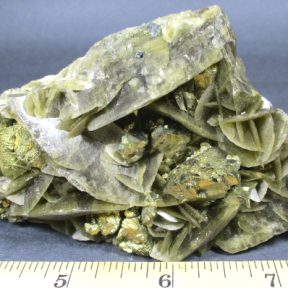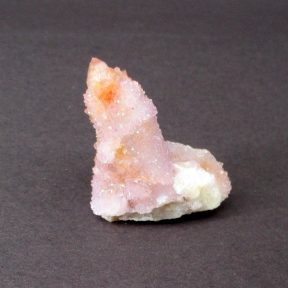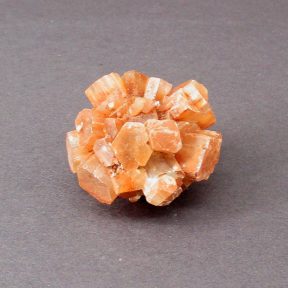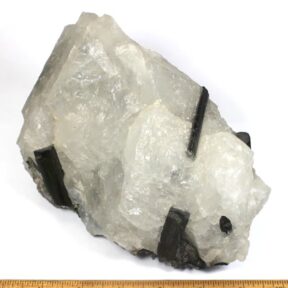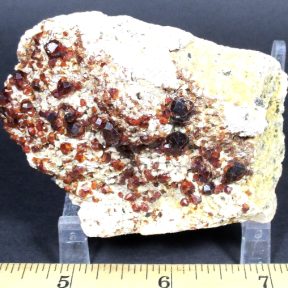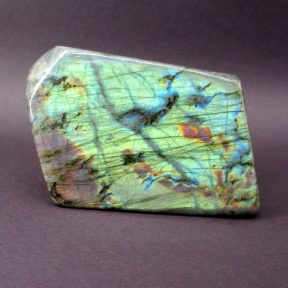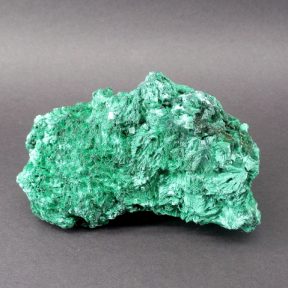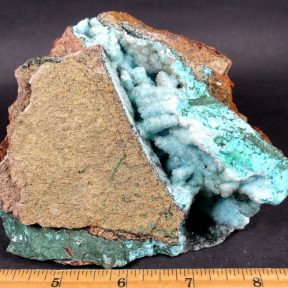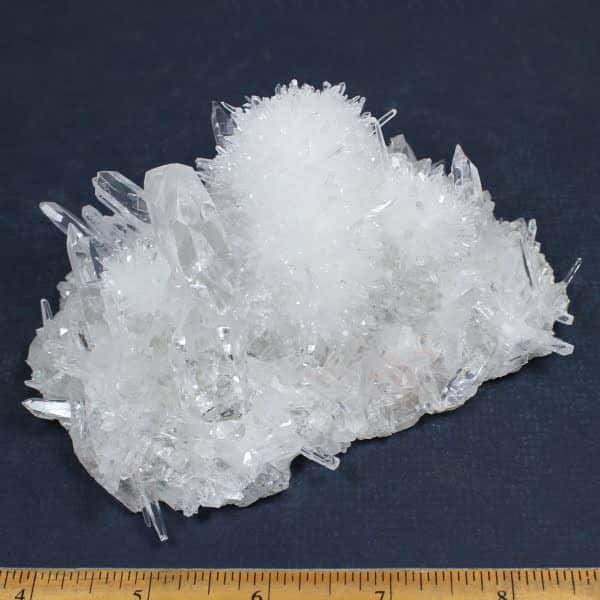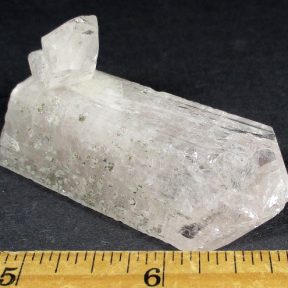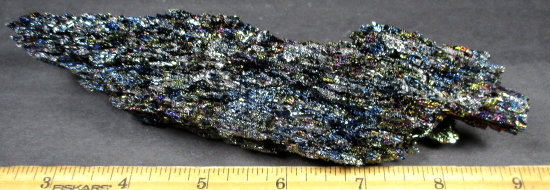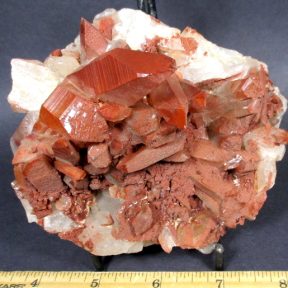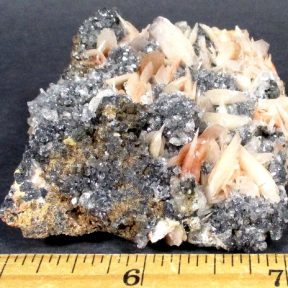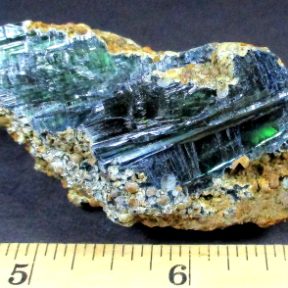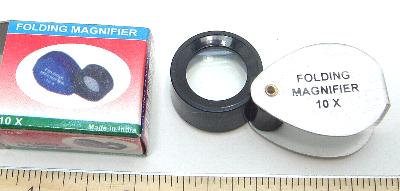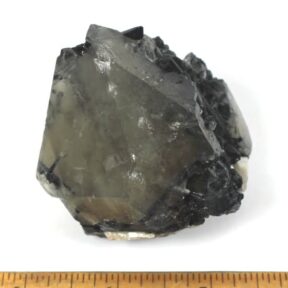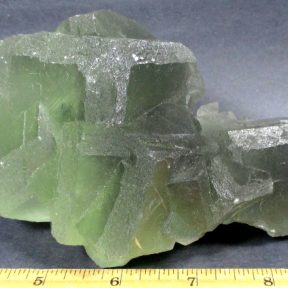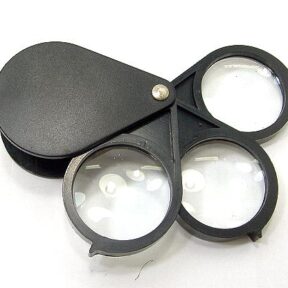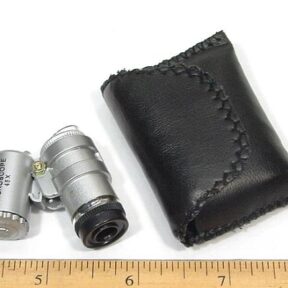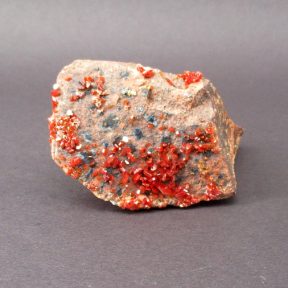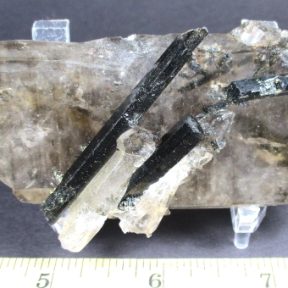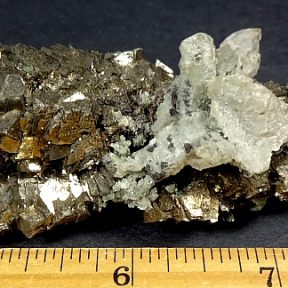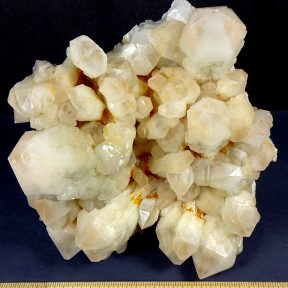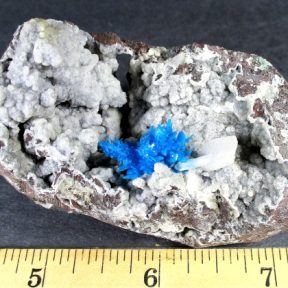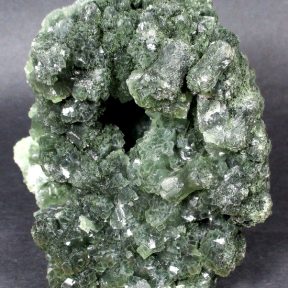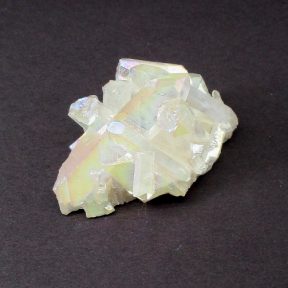Showing 1–27 of 174 results
-

M101 Cactus Quartz
$24.00 Add to cart -

M102 Aragonite
$12.00 Add to cart -

M103 Green Tourmaline
$150.00 Add to cart -

M104 Spessartine Garnet
$45.00 Add to cart -

M105 Labradorite
$50.00 Add to cart -

M106 Malachite
$70.00 Add to cart -

M107 Hemimorphite with Malachite
$140.00 Add to cart -

M108 Crystal Quartz
$225.00 Add to cart -

M109 Danburite
$70.00 Add to cart -

M111 Silicon Carbide
$18.00 Add to cart -

M112 Hematoid Quartz
$65.00 Add to cart -

M114 Vivianite
$45.00 Sold Out -

M115 Eye Loupe (10X)
$3.75 Add to cart -

M116 Tourmalated Quartz Crystal
$45.00 Add to cart -

M117 Fluorite
$110.00 Add to cart -

M118 Eye Loupe (10X – 20X)
$12.00 Sold Out -

M119 Eye Loup (15X)
$5.50 Add to cart -

M120 Microscope w/LED (16X)
$12.00 Sold Out -

M121 Vanadinite
$30.00 Add to cart -

M200 Aegirine
$75.00 Add to cart -

M201 Arsenopyrite
$60.00 Add to cart -

M202 Quartz Cluster
$90.00 Add to cart -

M203 Cavansite
$100.00 Add to cart -

M204 Prehnite
$50.00 Add to cart -

M205 Angel Aura
$20.00 Sold Out
